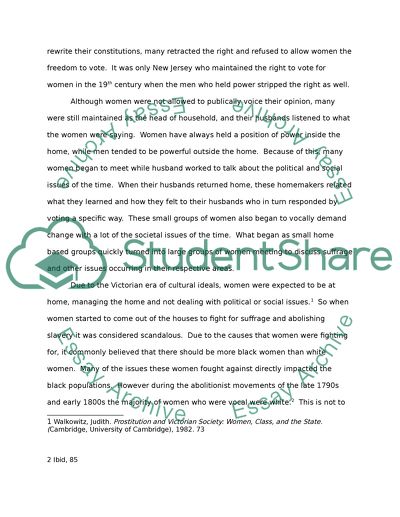Cite this document
(“Abolitionist Women in 1790-1850 Research Paper Example | Topics and Well Written Essays - 1250 words”, n.d.)
Abolitionist Women in 1790-1850 Research Paper Example | Topics and Well Written Essays - 1250 words. Retrieved from https://studentshare.org/history/1448226-the-roles-of-abolitionist-white-women-during
Abolitionist Women in 1790-1850 Research Paper Example | Topics and Well Written Essays - 1250 words. Retrieved from https://studentshare.org/history/1448226-the-roles-of-abolitionist-white-women-during
(Abolitionist Women in 1790-1850 Research Paper Example | Topics and Well Written Essays - 1250 Words)
Abolitionist Women in 1790-1850 Research Paper Example | Topics and Well Written Essays - 1250 Words. https://studentshare.org/history/1448226-the-roles-of-abolitionist-white-women-during.
Abolitionist Women in 1790-1850 Research Paper Example | Topics and Well Written Essays - 1250 Words. https://studentshare.org/history/1448226-the-roles-of-abolitionist-white-women-during.
“Abolitionist Women in 1790-1850 Research Paper Example | Topics and Well Written Essays - 1250 Words”, n.d. https://studentshare.org/history/1448226-the-roles-of-abolitionist-white-women-during.


